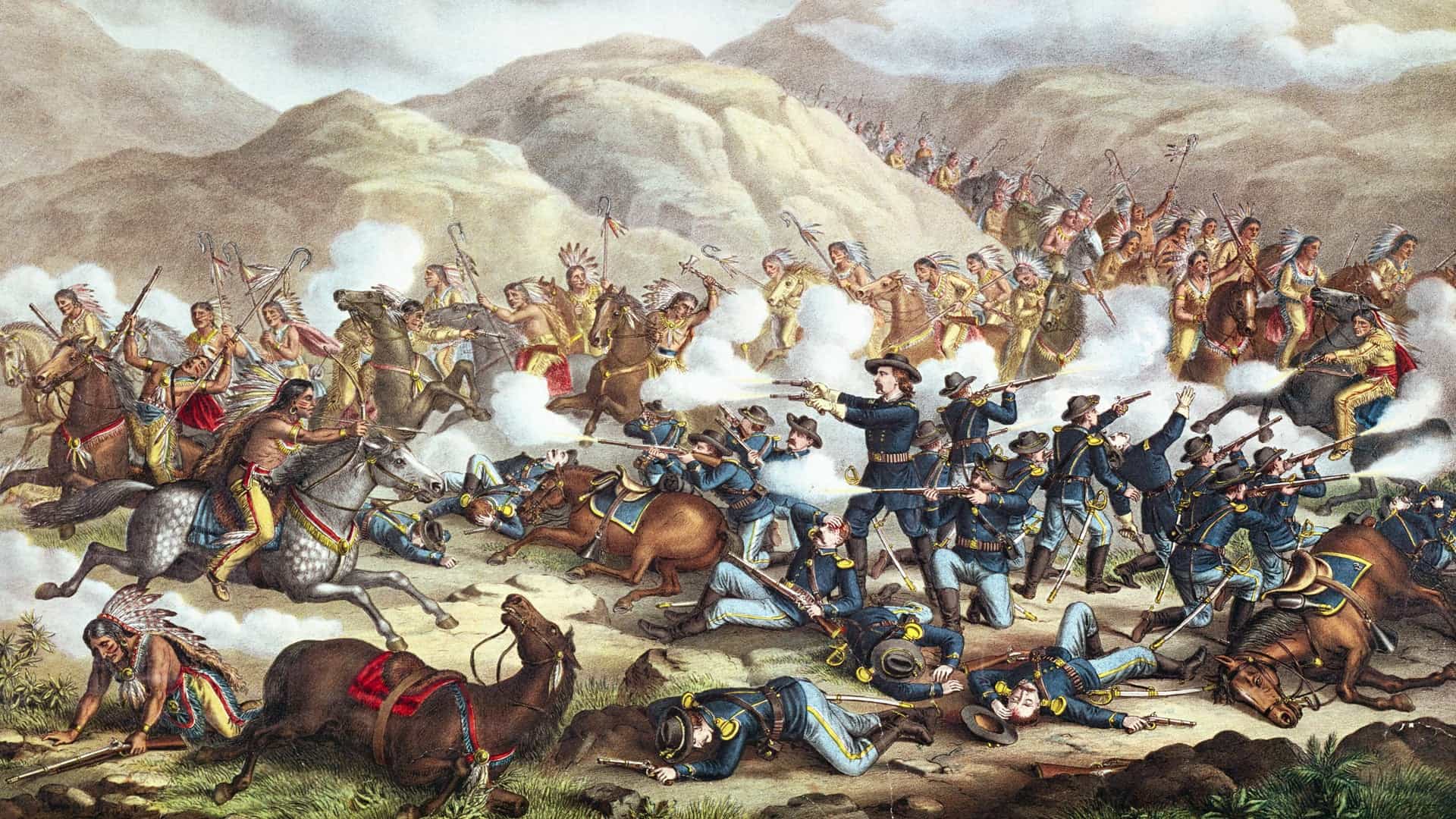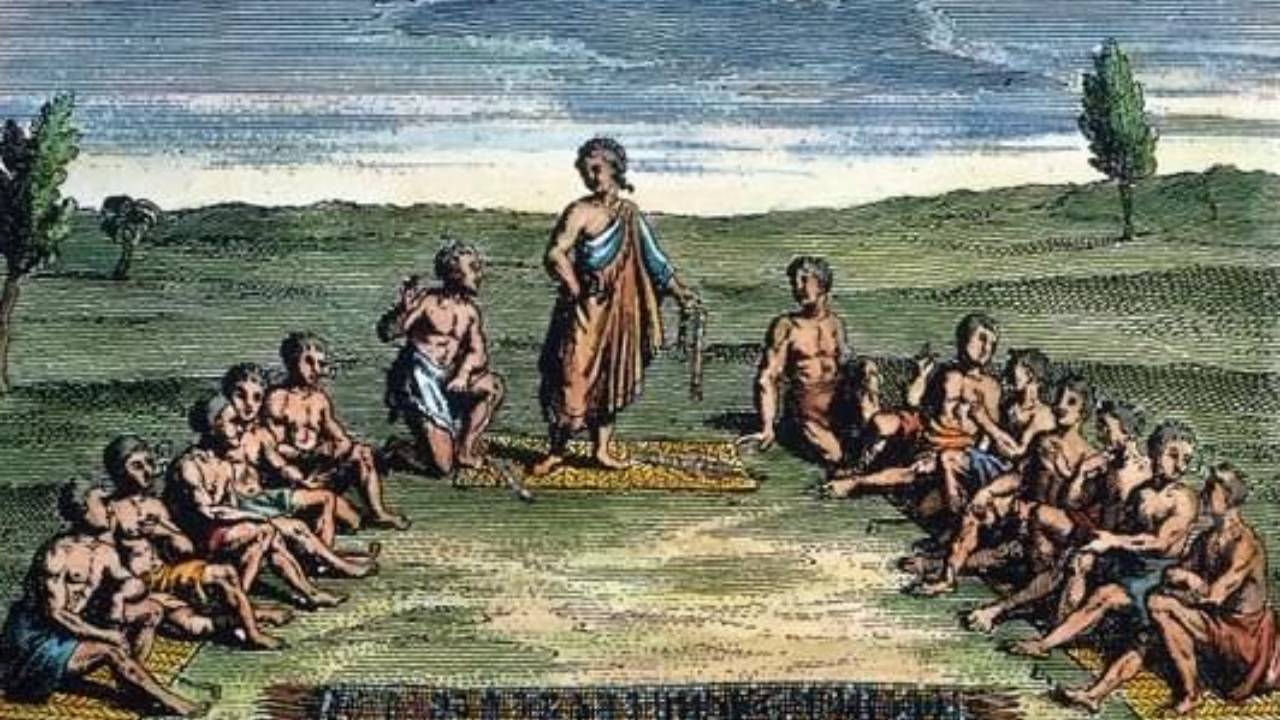
The Battle of Little Bighorn stands as a pivotal moment in American history, marking a significant victory for Native American tribes against U.S. military forces. Curiosity often surrounds who emerged victorious in this historic clash. Native American warriors, led by prominent leaders such as Sitting Bull and Crazy Horse, outmaneuvered and defeated the 7th Cavalry Regiment commanded by Lt. Col. George Armstrong Custer. This event, occurring in 1876 near the Little Bighorn River in Montana Territory, symbolizes a fierce resistance against the encroachment on Indigenous territories. Understanding this battle sheds light on the complexities of U.S. history, highlighting the bravery and strategic acumen of Native American fighters in their struggle to preserve their way of life.
The Battle of Little Bighorn: An Overview
The Battle of Little Bighorn, also known as Custer's Last Stand, was a significant event in American history. It took place on June 25-26, 1876, near the Little Bighorn River in Montana Territory. This battle was part of the Great Sioux War of 1876.
-
The battle was fought between the 7th Cavalry Regiment of the United States Army and a coalition of Native American tribes, including the Lakota Sioux, Northern Cheyenne, and Arapaho.
-
Lieutenant Colonel George Armstrong Custer led the 7th Cavalry Regiment. He was a well-known figure in the American Civil War and the Indian Wars.
-
The Native American forces were led by several prominent leaders, including Sitting Bull, Crazy Horse, and Chief Gall.
The Native American Victory
The Native American coalition achieved a decisive victory at the Battle of Little Bighorn. This section explores the key factors that contributed to their success.
-
The Native American forces outnumbered Custer's troops significantly. Estimates suggest there were between 1,500 to 2,500 Native American warriors compared to Custer's 700 soldiers.
-
Custer underestimated the strength and organization of the Native American forces. He split his regiment into three battalions, weakening their overall combat effectiveness.
-
The Native American warriors were highly motivated to defend their land and way of life. They fought with determination and skill, using their knowledge of the terrain to their advantage.
-
The battle was a rare instance of Native American tribes uniting against a common enemy. The alliance between the Lakota Sioux, Northern Cheyenne, and Arapaho was crucial to their victory.
The Aftermath of the Battle
The aftermath of the Battle of Little Bighorn had significant implications for both the United States and the Native American tribes involved.
-
The defeat of Custer and his troops shocked the American public and military. It led to increased military efforts to subdue the Native American tribes in the West.
-
The U.S. government intensified its campaign against the Native American tribes, leading to further conflicts and eventual relocation of many tribes to reservations.
-
The battle became a symbol of Native American resistance and resilience. It is remembered as a moment of triumph in the face of overwhelming odds.
-
The site of the battle, now known as the Little Bighorn Battlefield National Monument, serves as a memorial to those who fought and died there.
The Legacy of the Battle
The legacy of the Battle of Little Bighorn continues to be felt today. It has left a lasting impact on American history and culture.
-
The battle has been the subject of numerous books, films, and documentaries, contributing to its enduring place in popular culture.
-
Custer's Last Stand has become a symbol of American heroism and tragedy. Custer himself is often portrayed as a controversial figure, both celebrated and criticized for his actions.
-
The battle highlighted the complex and often tragic relationship between the United States and Native American tribes. It serves as a reminder of the struggles and injustices faced by Native Americans throughout history.
-
The Little Bighorn Battlefield National Monument includes a memorial to the Native American warriors who fought in the battle, recognizing their bravery and sacrifice.
Interesting Facts About the Battle
Here are some lesser-known facts about the Battle of Little Bighorn that shed light on this historic event.
-
Custer's younger brother, Thomas Custer, also fought and died in the battle. He was a two-time Medal of Honor recipient.
-
The battle was part of a larger campaign by the U.S. government to force Native American tribes onto reservations and open up their lands for settlement.
-
Sitting Bull, one of the key leaders of the Native American forces, later joined Buffalo Bill's Wild West Show, where he gained fame as a performer.
The Battle of Little Bighorn remains a significant and complex chapter in American history, symbolizing both the bravery of the Native American warriors and the tragic consequences of westward expansion.
Reflecting on Little Bighorn's Legacy
Diving into the heart of history, we've uncovered the layers surrounding the Battle of Little Bighorn. This pivotal clash wasn't just a battle; it was a moment that reshaped the American West. Victory for the Lakota, Northern Cheyenne, and Arapaho warriors under leaders like Sitting Bull and Crazy Horse highlighted the resistance against U.S. government policies. Yet, for Lieutenant Colonel George Armstrong Custer and his 7th Cavalry, it was a devastating defeat that echoed the complexities of frontier warfare. Through these facts, we've seen the courage, strategy, and the tragic outcomes that have left an indelible mark on American history. Little Bighorn stands as a testament to the fierce determination of its combatants, reminding us of the enduring spirit of those who fought on its hallowed grounds.
Was this page helpful?
Our commitment to delivering trustworthy and engaging content is at the heart of what we do. Each fact on our site is contributed by real users like you, bringing a wealth of diverse insights and information. To ensure the highest standards of accuracy and reliability, our dedicated editors meticulously review each submission. This process guarantees that the facts we share are not only fascinating but also credible. Trust in our commitment to quality and authenticity as you explore and learn with us.


